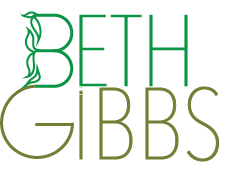ENLIGHTEN UP! a blogSelf-awareness stories: lighting our way to clarity, contentment and resilience in a complicated world.
|
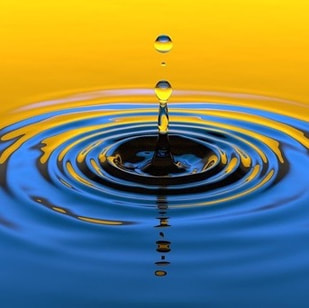 Life can flow gently like a babbling brook or smash into us like a tidal wave. The Covid 19 pandemic and the personal and political unrest that came along with it are recent examples of the tidal wave analogy. The saying, ‘go with the flow’ is one way to think about how water permeates every part of our lives. Sometimes it flows with us and sometimes it flows against us. In either case we need to develop resilience in order to maintain our balance and stay afloat. To do this, we can turn our gaze inward and consider the physical, energetic and psychological aspects of the water element. My last post explored the element of earth and the need to ground. In this post we’ll explore how to use the element of water to help us enlighten up. Physical: As matter, water is a substance we can experience with our five senses. We see water in streams, lakes, rivers, and oceans. We hear water when rain splatters against our windows. We touch it when we bathe, swim or walk in the rain without an umbrella. We taste water in our beverages and can smell it in the sulfurous rotten egg odors wafting up from sewers on a sweltering summer day. Our bodies are made of about 70% water. Blood and lymph moves between our cells and through our vessels. Our taste buds only work when water or saliva is present. No water, no taste. And we can experience water as tears, snot, urine and the fluids we excrete during sex. Water unifies all life on planet earth and is necessary to the survival of all living things. Energetic: If we look at the energetic qualities of water we see it as unstable, changeable, cool, warm, hot, moist, smooth, flowing, lubricating, and STRONG (floods, Tsunamis and hurricanes). Energetically, water is associated with breath, which flows in and out of the body in waves; and with creativity, pleasure, and healthy sexuality. Psychologically our thoughts and emotions, like water, are changeable aspects of the mind reflecting back to us our ability to connect and flow with the ups and downs of life. According to Dr. David Frawley in his book, Ayurveda and the Mind, the element of water, “ - - - includes our capacity to gather sensory impressions and respond to them through like and dislike, attraction and repulsion, fear and desire.” Oh, how true that is. Here’s a personal example of how this played out during a pivotal time in my life. Energetically and psychologically, I was dealing with a mental and emotional whirlpool of issues; a troubled marriage, followed by my husband’s death from brain cancer, widowhood and financial difficulties that left me with a big house, two mortgages and a ton of bills. At the same time, my job ended because of an internal department take-over and I had to make a major career change in order to pay the bills. As you can imagine, I was feeling a torrent of thoughts and emotions mostly focused on dislike, repulsion and fear. In the middle of all this, the physical aspect of water showed up when the basement flooded. Then the well, which was the only source of water for the house, dried up and the roof sprung a major leak. Talk about the water element and its intersection with life on the physical, energetic and psychological layers! Was it woo-woo or worldly? I didn’t know but -WTF! To gain some sense of balance and control over the water/emotion stress mess flowing around me, I looked for ways to move smoothly around and through what I was facing in the same way that water finds ways to flow over and around obstacles in its way. Fortunately, I managed to navigate my way through this shipwreck by using self-awareness as my lifejacket. To assess your awareness and management of the water element in your life, use your five layers of self-awareness for indications of balance and imbalance in this element. For example: When your joints feel ‘juicy,’ when your thoughts flow smoothly and easily; when your muscles and skin feel supple and you feel relaxed and sensuous, the water element is thought to be in balance. Conversely, when you are feeling emaciated, dehydrated, drained, rough, stiff, obstructed, immobile, and you struggle with your emotional issues, the water element is thought to be out of balance. Movement and mindfulness are natural ‘go to’ solutions. Here are two yoga-based suggestions to help you become aware of, tune into, and balance your water element. Dynamic Cobra Instructions 1. Come to the floor on your hands and knees with your knees hips width apart and your arms shoulder width apart and outstretched. 2. Exhale as you sit back onto your heels in Child’s Pose (Balasana), to generate a feeling of safety, security and self-nourishment. 3. Inhale, move through hands and knees position to lower yourself into your comfortable version of Cobra. 4. Exhale and push yourself up to your hands and knees and sit back into Child’s Pose. 5. Pick a pace and rhythm that is comfortable for your body as you move through the flow. 6. Repeat at your chosen pace for :30 seconds to a minute or more. If (to paraphrase my colleague and friend Marsha Banks Harold), “your body don’t bend that way,” try Jala Mudra an energy practice. 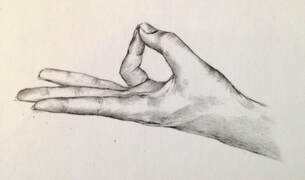 Jala Mudra (The Gesture of Water) This hand gesture (mudra) is said to encourage fluidity and flexibility in both mind and body, lubricate the joints and support the health of the urinary, reproductive, digestive, and eliminatory systems Instructions
When water in the form of floods, Tsunamis or hurricanes crash into your life, it’s helpful to remember this Yoruba proverb, It is only the water that is spilt – the calabash is not broken.
1 Comment
|
Archives
July 2024
AuthorBETH GIBBS started her yoga practice in 1968, four months after her son was born and she’s been practicing ever since. She currently teaches all levels therapeutic yoga classes for adults, and specialty classes for seniors in the Hartford, Connecticut area. Beth is a certified yoga therapist through the International Association of Yoga Therapists and is guest faculty at the Kripalu School of Integrative Yoga Therapy. She writes for the blogs, Yoga for Healthy Aging, and Accessible Yoga. Her master’s degree from Lesley University in Cambridge, MA is in Yoga Therapy and Mind/Body Health. Categories |
|
|
Enlighten Up! a Blog
|
Copyright © 2023 Beth Gibbs
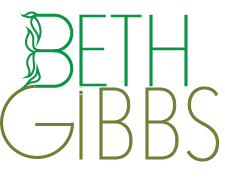
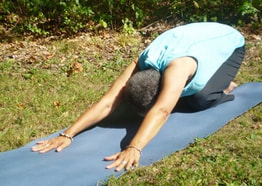
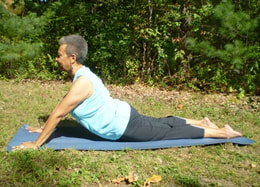
 RSS Feed
RSS Feed
